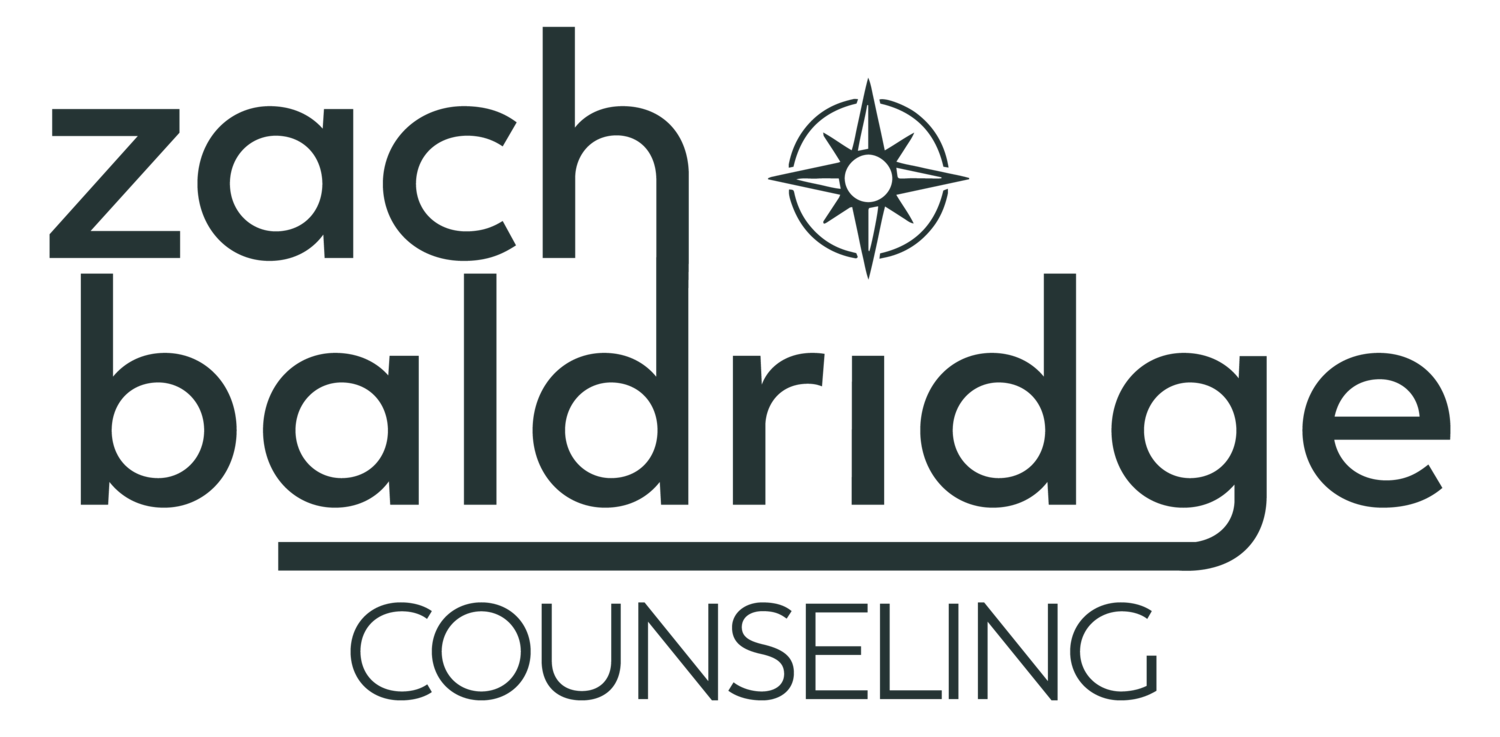Encouraging Diversity: How to Look Past Our Differences in Opinions and Beliefs
It’s so hard being open-minded these days when others have differences in opinions and beliefs.
Sadly, our differences have become more than just obstacles. They have created these deep chasms which seem impossible to bridge. More and more we struggle to find anything in common with one another.
But we all share more in common with each other than we realize. And by focusing on these similarities versus our differences, it’s possible to not just look past them. In fact, we can actually encourage a diverse set of viewpoints without sacrificing who we are.
Here’s how.
Acknowledge That We All Want What’s Best
First, let’s take a moment to consider the idea that all we want is for the best. That is, we all want a positive, healthy outcome for situations that arise.
Why would we want to approach issues in this way? Because it’s more positive and healthier than the alternative—the “this person is evil” or “that belief is wrong” mindset. That way of thinking isn’t very helpful and only serves to polarize us against each other.
How about, instead, taking the position that everyone is coming to their opinions and beliefs because they have the best of intentions, not the worst?
Stop Characterizing People
Next, let’s just stop characterizing people by placing them in either the “right” or “wrong” categories. When you typecast like this, it means that someone is either good or evil, positive or negative. And it’s very hard to find common ground with anyone you believe to be wrong.
The reality is that characterizing people only hurts everyone. We each have our own unique perspective and we all have reasons and ideas for believing what we do. We each can justify, for the most part, those beliefs. Rather than focusing on the individual, shift your focus to their actions. This mindset is helpful because it highlights the commonalities most of us have we each other.
Talk to your neighbor or your political “rival”, you may find that you have much more in common than you think!
Put Yourself in Their Shoes
A great perspective-building exercise is to imagine yourself in someone else’s shoes. This allows you to better relate to another person, even if you are both polar-opposites.
For example, let’s say that you both have differing political beliefs. Yet, you want to build a connection with that person.
Imagine that you have grown up in a similar environment as that person and ask yourself:
In which ways have their family and friends influenced their beliefs?
How do they express their values through their actions?
What were their formative experiences, and how did those experiences shape their outlook on life?
With perspective-building, you make it possible to break down the barriers between yourself and others and see them as individuals.
Wise Words on How to Look Past Our Differences
“Courage. Kindness. Friendship. Character. These are the qualities that define us as human beings, and propel us, on occasion, to greatness.”
How true are those words! We all have the capacity to display the finest of what it means to be a human being. It also means that we are not always perfect. Everyone falls short. Yet, that doesn’t mean that we don’t have the capacity to be the very best that we can be!
It’s a shift in thinking from everyone being the worst to everyone can be the best. That also implies that we all can have positive connections with one another, even with differing beliefs and opinions.
When to Ask for Help
For some, this may be a radical form of thinking. It can be hard to see people for the positive qualities instead of their negatives. Even if we consider ourselves to be open-minded, we might still have closed-off thoughts towards someone.
Just because there are things that divide us doesn’t mean we can’t come together. It just requires a shift in how we perceive each other. If you need additional support, talking to a therapist about these issues and how you can break down those walls that are holding you back is a good step. Please, feel free to contact me and find out how counseling can help.


